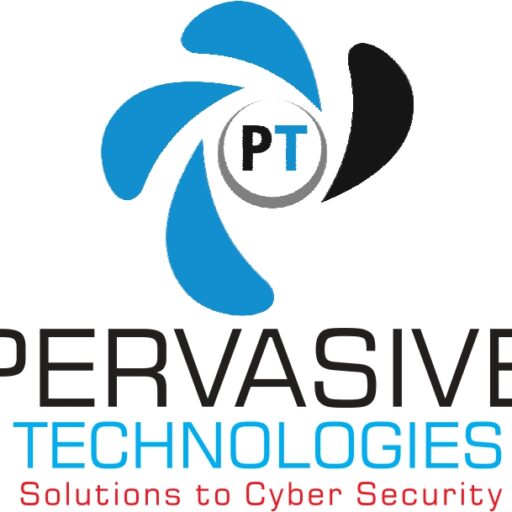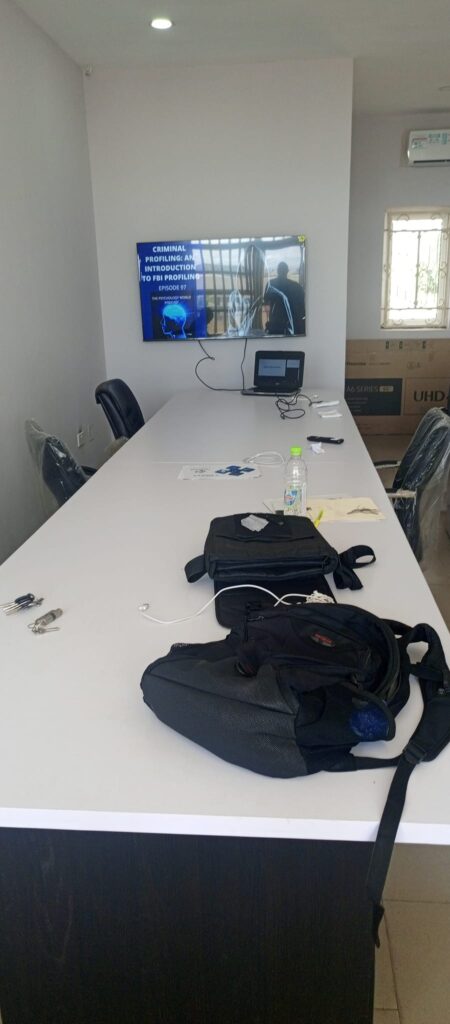Ageebee Silas Faki
Small and medium scale organizations are just as vulnerable to cybersecurity threats as large organizations [1]. Vulnerability assessment is necessary for such organizations as it is the first step towards securing their data, networks, and systems [2]. A vulnerability assessment involves identifying and evaluating potential vulnerabilities and weaknesses in an organization's entire IT infrastructure [3]. It helps in identifying, ranking, and prioritizing vulnerabilities to enable the organization to apply appropriate countermeasures to mitigate the risks [1].
A regular vulnerability assessment also helps small and medium organizations comply with legal, contractual, and regulatory requirements, which demand them to mitigate their cybersecurity risks [2]. Moreover, the cost of preventing a cyber attack is significantly lower than the cost of recovering from one [4]. A cybersecurity breach may cripple an organization in terms of reputation and finances, which can be devastating for small and medium organizations that may not have the resources to recover [3].
While vulnerability assessments are crucial for small and medium scale organizations, there are certain challenges they may face while conducting them. Some of these challenges include:
- Limited resources: Small and medium organizations generally have limited budgets, smaller IT teams, and fewer security tools at their disposal. As a result, it can be challenging for them to conduct thorough vulnerability assessments or implement the necessary security measures to mitigate the identified vulnerabilities.
- Lack of expertise: Conducting vulnerability assessments requires specialized knowledge and expertise. Small and medium organizations may not have in-house security professionals with the required skills to conduct vulnerability assessments, analyze the results effectively, and implement the necessary countermeasures.
- Continuous monitoring: Vulnerabilities can arise at any time due to new software updates, network changes, or other factors. Thus, vulnerability assessments need to be conducted regularly and should be an ongoing practice to ensure that the organization is protected from the latest threats. However, this requires a considerable amount of time and resources, which small and medium organizations may struggle to allocate.
- Compliance requirements: Regulations such as GDPR, HIPAA, PCI DSS, and others dictate that companies must conduct regular vulnerability assessments. Small and medium organizations may find it challenging to meet these compliance requirements since they do not have the necessary resources.
- Third-party risk: Small and medium organizations often rely on third-party software or service providers, which can introduce their own vulnerabilities into the organization's networks and systems. Conducting a comprehensive assessment of third-party risks can be time-consuming and may require additional resources.
To help small and medium scale organizations effectively conduct vulnerability assessments, here are some best practices to consider:
- Prioritize assets: Identify and prioritize critical assets within your organization's IT infrastructure. Focus your vulnerability assessment efforts on these assets to ensure you allocate resources where they are most needed.
- Regular assessments: Perform vulnerability assessments on a regular basis. This ensures that new vulnerabilities are identified and addressed promptly. Frequency will depend on factors such as industry regulations, organizational risk tolerance, and the rate of change within the IT environment.
- Utilize automated scanning tools: Leveraging automated vulnerability scanning tools can help streamline the assessment process and improve efficiency. These tools can scan networks, systems, and web applications to identify common vulnerabilities and weaknesses. Choose a tool that aligns with your organization's needs and provides accurate results.
- Patch management: Establish a robust patch management process to promptly address identified vulnerabilities. Regularly update software, operating systems, and firmware with the latest security patches. This helps close known vulnerabilities and reduces the risk of exploitation.
- Employee awareness and training: Educate employees about the importance of cybersecurity and their role in maintaining a secure environment. Implement ongoing training programs to ensure that employees are aware of best practices, such as safe browsing habits, cautious email handling, and securely managing sensitive data.
- Third-party risk management: Assess the security posture of third-party vendors and service providers that have access to your organization's networks or data. Clearly define the security requirements for these third parties and periodically assess their compliance.
- Incident response plan: Develop an incident response plan that outlines steps to be taken in the event of a security incident or breach. This should include communication protocols, responsibilities, and procedures for containing and mitigating the incident.
- Continuous monitoring: Implement continuous monitoring systems to detect and respond to ongoing threats and vulnerabilities. This can involve using security information and event management (SIEM) tools, intrusion detection systems (IDS), and other monitoring mechanisms.
- Engage external experts: Consider partnering with external cybersecurity experts to conduct a comprehensive vulnerability assessment. These experts can bring specialized knowledge, expertise, and advanced tools to identify vulnerabilities that may be missed internally.
- Regular risk assessments: Conduct regular risk assessments to evaluate the overall security posture of your organization. This involves identifying potential threats, assessing their likelihood and impact, and prioritizing mitigation measures.
In summary, vulnerability assessment is necessary for small and medium scale organizations to safeguard against cyber threats, efficiently manage limited resources, meet compliance requirements, proactively address security risks, and manage third-party risks effectively. By prioritizing vulnerability assessments, these organizations can strengthen their cybersecurity posture and mitigate the potential impact of security breaches.
Sources:
- https://www.linkedin.com/pulse/importance-continuous-vulnerability-assessment-small-medium-sized
- https://www.avertium.com/blog/vulnerability-assessment-important
- https://bluefire-redteam.com/how-to-conduct-a-vulnerability-assessment-a-comprehensive-guide/
- https://www.cybersecurity-insiders.com/importance-of-regular-vulnerability-assessment/
About the author:
Ageebee Silas Faki is a highly respected figure in cybersecurity, excelling as a researcher, lecturer, and consultant. In his research, Ageebee delves into emerging trends, vulnerabilities, security of organizations, and defenses in cybersecurity. His work spans network security, application security, digital forensics, and incident response, and many more, contributing significantly to effective strategies against cyber risks.
Beyond research, Ageebee actively educates others on cybersecurity through lectures. He imparts knowledge to students, professionals, and organizations, empowering them with essential skills to protect their digital assets and navigate evolving challenges.
As a consultant, Ageebee applies his expertise to help organizations implement robust security measures. He conducts security analysis and digital forensics, advises on best practices, and assists in developing incident response plans, enabling proactive identification and mitigation of vulnerabilities to safeguard critical data and systems.


